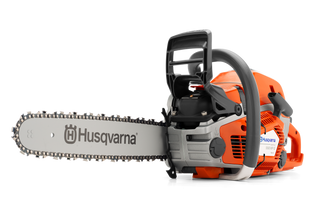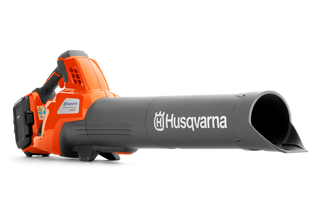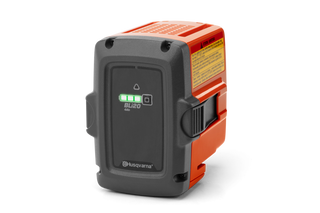How to Prepare for a Storm: Emergency Essentials Checklist


1. Create a Storm Emergency Kit
Before a storm hits, ensure you have an emergency preparedness kit ready. Your storm supplies should include:
- Non-perishable food and water: Aim for at least three days' supply for each family member.
- First aid kit: Include bandages, antiseptic wipes, pain relievers, and any necessary prescription medications.
- Flashlights and batteries: Power outages are common during storms, so having reliable light sources is crucial.
- Battery-powered or hand-crank radio: Stay informed about weather updates and emergency instructions.
- Personal hygiene items: Include items like soap, toothbrushes, and other personal items.

2. How to Prevent Storm Damage
To minimize storm damage to your home and yard, take the following precautions:
- Trim trees and shrubs: Overgrown branches can cause significant damage if they break during a storm. Use a chainsaw to trim any overhanging limbs that could fall onto your house or car.
- Clean gutters and downspouts: Ensure that water can flow freely away from your home to prevent flooding. A leaf blower can be an excellent tool for quickly clearing out leaves and debris from gutters and downspouts.
- Bring in outdoor furniture: Secure or store away any items that could become projectiles in high winds, such as patio furniture, grills, and potted plants.
3. Maintain Essential Tools
Having the right tools on hand can make a significant difference when preparing for a storm. Here’s how two of our product categories, chainsaws & leaf blowers can help:
Chainsaws are indispensable for removing fallen trees and branches. To ensure your chainsaw is ready for action:
- Check the chain: Make sure the chain is sharp and properly tensioned. A dull chain can be dangerous and less effective.
- Inspect the fuel: Use fresh fuel and oil. Stale fuel can cause the engine to perform poorly.
- Battery backup: Make sure you have a fully charged battery.
- Safety gear: Always wear protective gear, including gloves, goggles, and ear protection when using a chainsaw.
Leaf blowers are not just for fall cleanup. They can be crucial in storm preparation:
- Debris cleanup: Use a leaf blower to quickly clear leaves and debris from your yard, gutters, and driveways. This can help prevent blockages and water buildup.
- Inspect the fuel: Use fresh fuel and oil. Stale fuel can cause the engine to perform poorly
- Battery backup: Consider a battery-powered leaf blower with extra batteries, ensuring you can still use it during power outages.
4. Plan for Power Outages from a Storm
Power outages can last from a few hours to several days. Being prepared can help you stay comfortable and safe:
- Backup generator: If possible, invest in a generator to keep essential appliances running during an outage. Remember to use it safely, following all manufacturer guidelines.
- Battery-operated devices: Ensure you have battery-powered versions of essential items, such as lanterns, fans, and phone chargers.
5. Stay Informed and Have a Plan
- Monitor weather reports: Stay up-to-date with the latest weather forecasts and warnings from reliable sources.
- Have a storm evacuation plan: Know the safest routes and have a plan in place in case you need to evacuate your home quickly.
Conclusion
Storm preparedness involves more than just bracing for impact. By taking proactive steps to secure your home and yard, stocking up on essential supplies, and maintaining vital tools like chainsaws and leaf blowers, you can significantly reduce the potential damage and ensure the safety of your family. Stay informed, stay prepared, and weather the storm with confidence.





